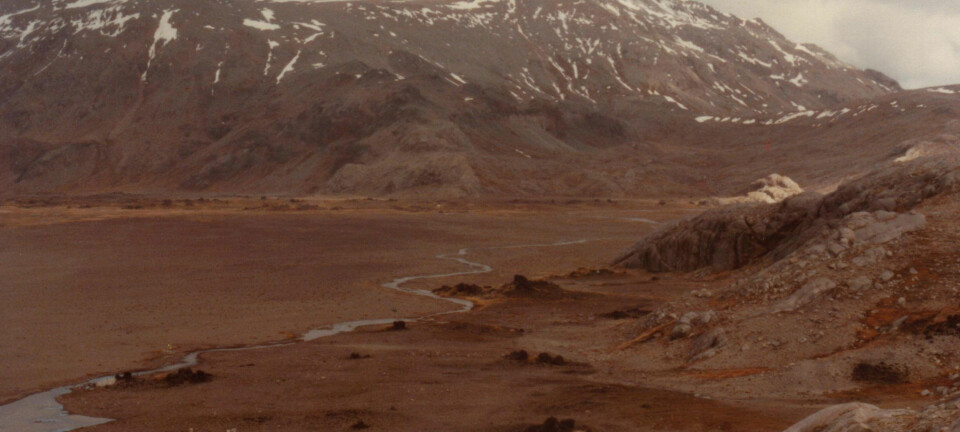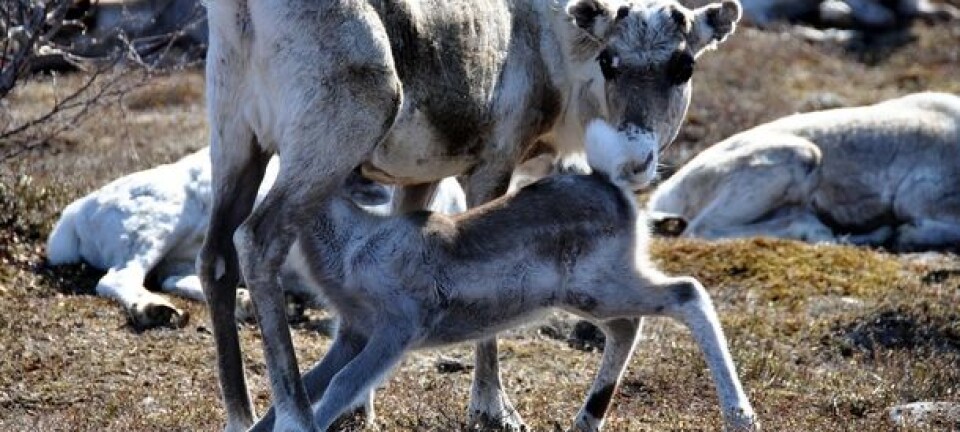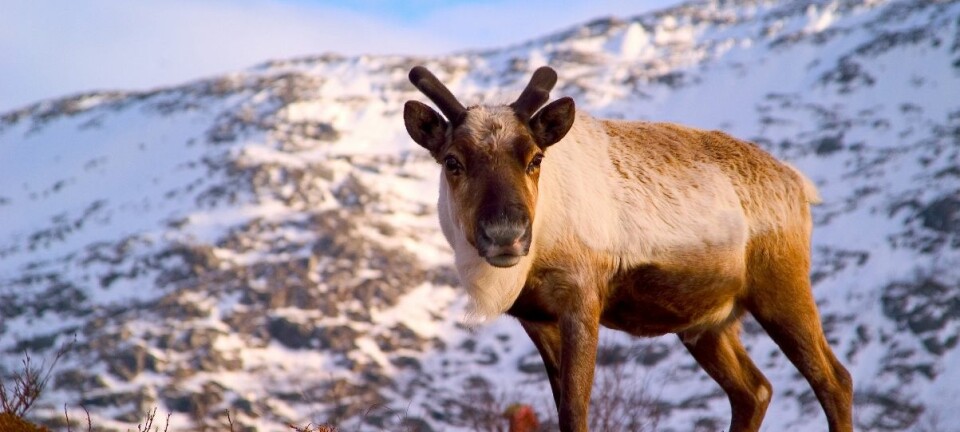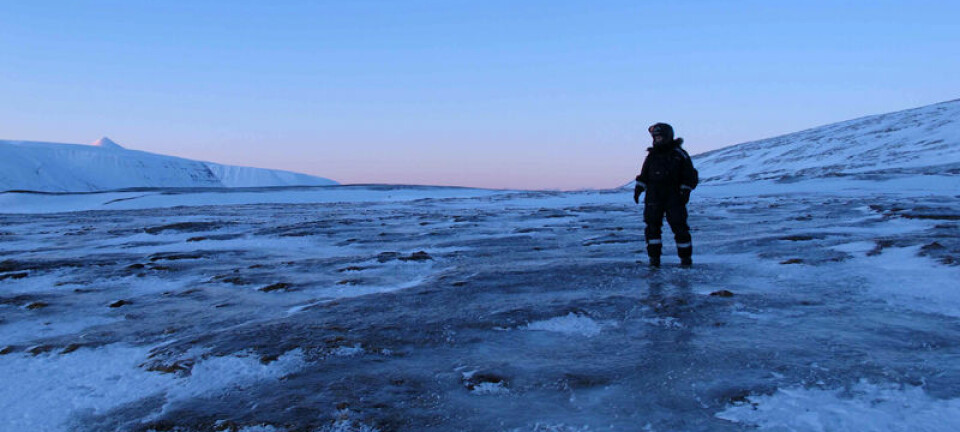
Reindeer thrive on forest diversity
An arboreal mix of species and ages is vital to effective reindeer husbandry.
Modern forestry techniques are like plantations, with a homogenous blend of trees covering vast areas. Old and young trees rarely stand together.
The quest for profit and efficiency has brought this about. But there are downsides − one being that the ecosystem becomes more vulnerable to changes.
Monoculture forestry depletes forest fauna.
Tim Horstkotte of the University of Umeå’s Department of Ecology and Environmental Sciences has studied the interaction of reindeer husbandry and forestry in North Sweden.
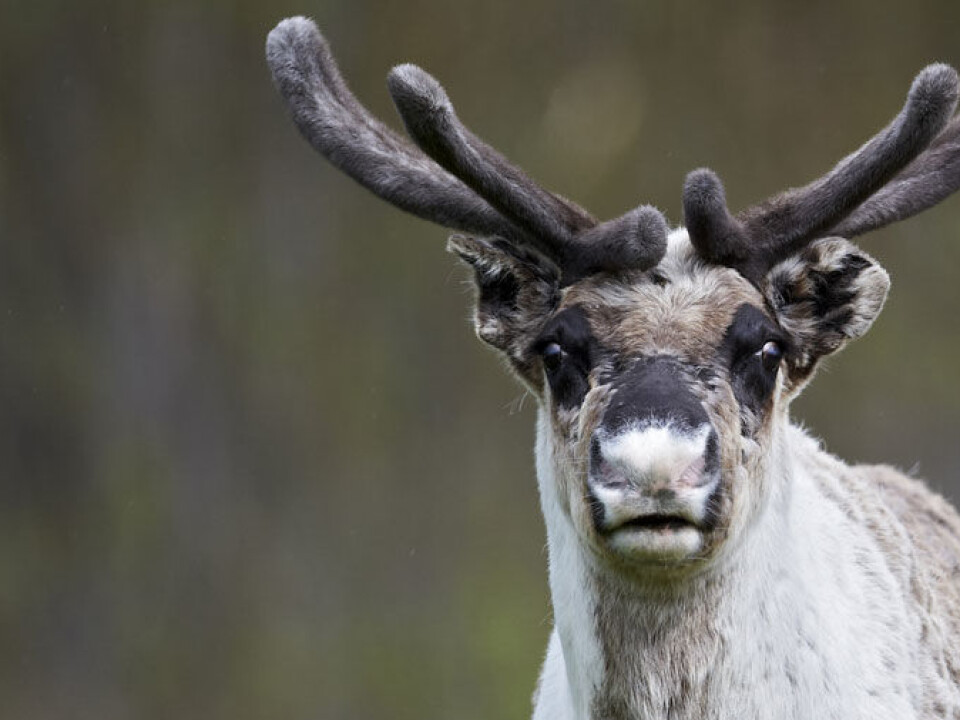
According to his study modern forestry makes it harder for reindeer to find food during extreme chills.
Variety of trees increases opportunities
Horstkotte asserts that a diversity in forest landscapes with a larger share of old growth and more variation in trees is indispensable to a viable reindeer husbandry sector.
“In contrast to monocultures, a mix of different species gives reindeer owners leeway for reacting to changes in winter grazing areas.”
“They can alternative sites to find accessible forage for their reindeer when lichen availability is poor in certain types of forest,” says Horstkotte.
Terrestrial lichen − growing low on the ground − tops the list of reindeer food through winter. So the researcher monitored snow conditions and studied how this affected access to forage in different types of forest.
This led to the discovery that young and old forest offer different kinds of grazing the animals.
Arboreal lichens in the winter
Horstkotte stresses that forests must be allowed to mature for a long time, so slow-growing arboreal lichens have a chance to get established.
It serves as a supplemental forage for reindeer during winter, especially in periods with a hard snow crust on the ground, when it is hard for the animals to break through to terrestrial lichens.
Horstkotte thinks that decisions regarding the exploitation of forests should give more attention to the social and cultural values of ecosystems.
He stresses that disparate interests need to be given their say for optimal forest utilisation.
“The understanding motives and conflicts of interests can trigger new ways of thinking about utilising he potential of our boreal forests,” says Horstkotte in a press release.
-----------------------------------
Read the Norwegian version of this article at forskning.no
Translated by: Glenn Ostling
Scientific links
- Horstkotte, Tim Roturier, Samuel: Does forest stand structure impact the dynamics of snow on winter grazinggrounds of reindeer (Rangifer t. tarandus)? Forest Ecology and Management, 291: 162-171. 2013
- Horstkotte, Tim: Contested Landscapes: social-ecological interactions between forestry and reindeer husbandry. (2013)
